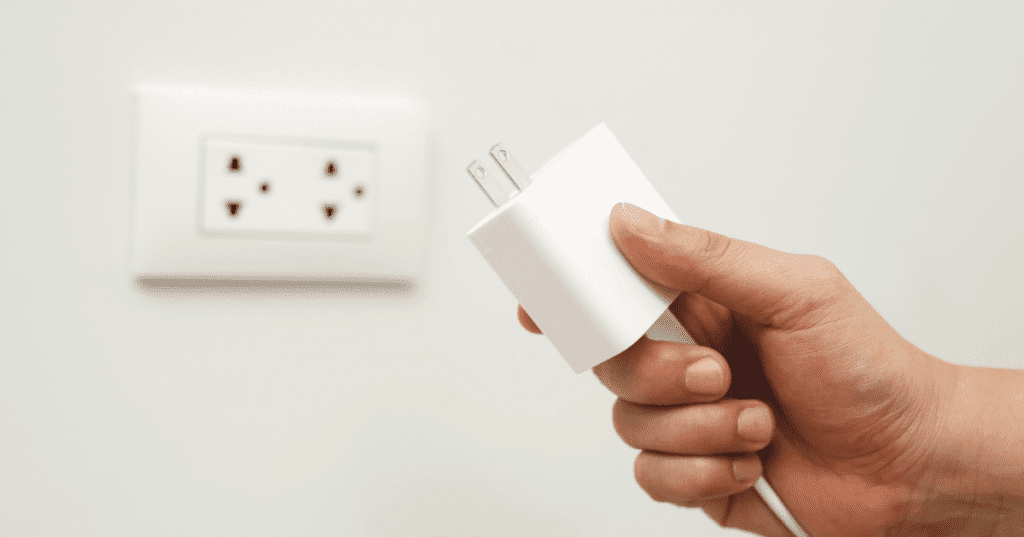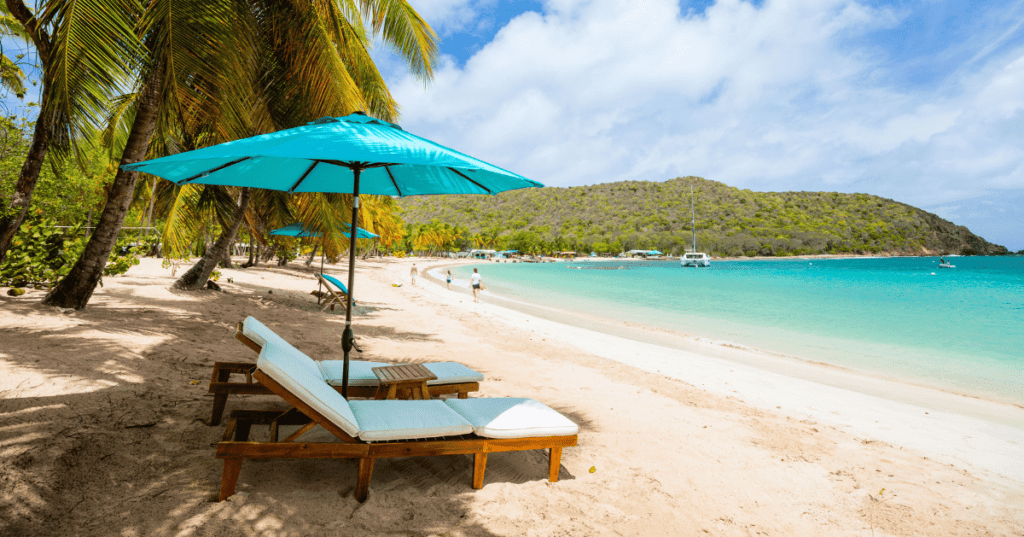When planning international travel, one crucial detail often overlooked is the compatibility of electrical outlets. A mismatch between the power plug standards of your destination and your devices can be a significant inconvenience. This blog explores whether Indonesia’s power plugs are the same as those in Europe, shedding light on the types of plugs used, voltage standards, and practical tips for travelers.
Power plug standards vary globally, with different countries adopting specific types that can be incompatible with those used elsewhere. The key aspects to consider are the plug type and the voltage standard. Plug types are identified by letters, and each type has a unique configuration of pins. Voltage standards denote the electrical potential provided by the power outlets, and devices must be compatible with the voltage provided to function correctly.
Power Plugs in Indonesia
Indonesia primarily uses two types of power plugs:
- Type C: Known as the Europlug, it features two round pins and is widely used across Europe, including in countries like Germany, France, and Spain.
- Type F: This plug, also known as the Schuko plug, has two round pins with two earth clips on the side. It is also common in many European countries.
In terms of voltage, Indonesia operates on a 230V supply voltage and 50Hz frequency, which aligns with the standards used in most of Europe.
Power Plugs in Europe
Europe also predominantly uses Type C and Type F plugs:
- Type C: The standard plug used in most European countries. It is an ungrounded plug with two round pins.
- Type F: This grounded plug has two round pins with grounding clips on the side and is used in many European countries, including Germany, Austria, the Netherlands, and others.
Like Indonesia, Europe generally operates on a 230V supply voltage with a 50Hz frequency.
Compatibility of Power Plugs: Indonesia vs. Europe
Given that both Indonesia and Europe use Type C and Type F plugs, there is a high degree of compatibility between the two regions. Devices that use these plug types in Europe can generally be used in Indonesia without the need for an adapter. The matching voltage standard (230V) further simplifies the process, as European devices designed for this voltage will function correctly in Indonesia.
Practical Tips for Travelers
While the compatibility of power plugs between Indonesia and Europe is favorable, travelers should still consider a few practical tips to ensure a smooth experience:
- Carry a Universal Adapter: Although Type C and Type F plugs are standard in both regions, having a universal adapter can be beneficial if you encounter different plug types in hotels or other accommodations.
- Check Voltage Compatibility: Ensure your devices are compatible with the 230V standard. Most modern electronic devices, such as smartphones, laptops, and cameras, are designed to handle a range of voltages. However, older devices may require a voltage converter.
- Inspect Plugs and Sockets: Check the condition of plugs and sockets before use. Damaged plugs or loose sockets can pose a safety hazard.
- Use Surge Protectors: Voltage fluctuations can occur, especially in areas with an unstable power supply. Using a surge protector can safeguard your devices from potential damage.
Conclusion
In conclusion, travelers from Europe visiting Indonesia will find the power plug standards largely compatible. Both regions use Type C and Type F plugs, and the voltage standard of 230V at 50Hz is consistent. While a universal adapter can be a handy tool, the primary concern of plug compatibility is well-addressed. By ensuring your devices are voltage-compatible and taking a few precautionary steps, you can focus on enjoying your trip without worrying about powering your electronics.
Understanding these details about power plugs and voltage standards can save you from unexpected inconveniences and ensure a smooth travel experience. Whether you’re heading to the bustling streets of Jakarta or the serene beaches of Bali, you’ll be well-prepared to keep your devices charged and ready for use.







